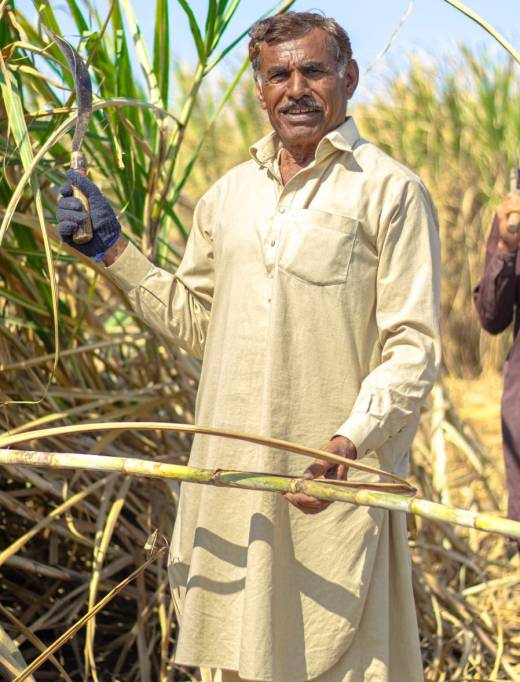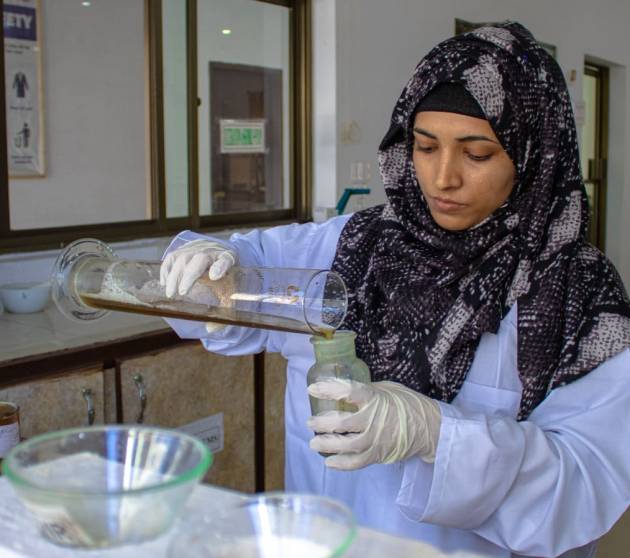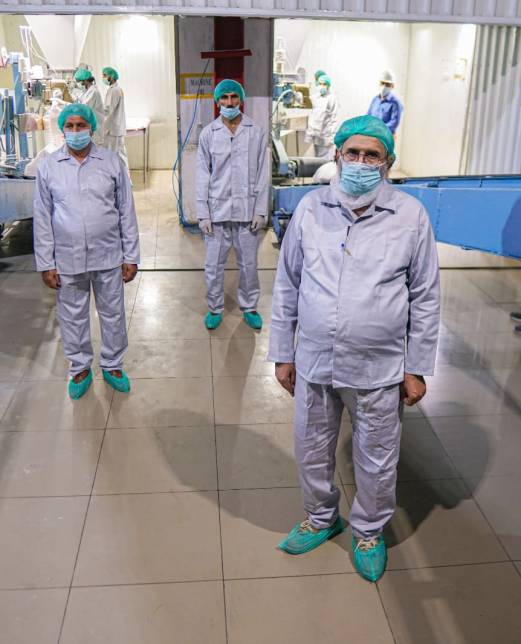

Sugar cane is grown in fields and carefully harvested when it reaches maturity. The harvested canes are then transported to the mill for processing, where they undergo a series of steps to transform the sweet plant into a useful product. The first step involves crushing the sugar cane in large mills to extract the juice, which is then filtered to remove any impurities such as dirt, leaves, or stalks. This step is critical to ensuring that the resulting sugar product is of high quality and free from any unwanted particles. Once the juice is filtered, it is ready for the next stage of processing.
After the sugar cane juice is extracted, it undergoes a series of steps to transform it into the sugar that we use in our daily lives. The first step is boiling the juice to remove excess water, which results in a thick syrup. This syrup is then further purified through a process called clarification, which eliminates any impurities that remain. Once the syrup is purified, it is boiled once again to create sugar crystals. The crystals are then separated from the liquid and left to dry. This process creates the sugar that is used in many foods and beverages worldwide.


Sugar crystals, once packaged, are categorized based on their intended use, either for industrial or home use. These packages are then distributed to various channels such as grocery stores, food manufacturers, and other businesses that utilize sugar as an ingredient in their products. The packaging and distribution of sugar is a crucial aspect of the sugar mill business, as it is necessary to ensure that the product reaches its intended market and is readily available for purchase. Effective distribution channels also help to optimize the supply chain and ensure a steady flow of products to consumers.